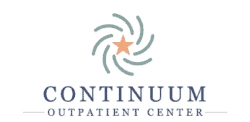What is Dual Diagnosis?
Dual diagnosis often doesn’t get the proper treatment for most people it affects. Read on to learn more about dual diagnosis.
Table of Contents
Learn More About Ripple Ranch Recovery Center
Our team is standing by to discuss your situation and options. Your call is fully confidential, and no obligation is required.
Call Us 24/7
Learn More About Ripple Ranch Recovery Center
Our team is standing by to discuss your situation and options. Your call is fully confidential, and no obligation is required.
Introduction to Dual Diagnosis
In most cases, mental disorders such as depression and anxiety are also associated with substance use disorder. People diagnosed with dual diagnosis need to seek integrated treatment from a certified dual diagnosis treatment center that views both conditions as interconnected issues.
So, what is dual diagnosis? Typically, dual diagnosis definition is when a person has a mental health and substance use disorder simultaneously. According to the Substance Abuse and Mental Health Services Administration, almost 10 million people have co-occurring disorders.1

Learn More About Ripple Ranch Recovery Center
Our team is standing by to discuss your situation and options. Your call is fully confidential, and no obligation is required.
Call Us 24/7
Learn More About Ripple Ranch Recovery Center
Our team is standing by to discuss your situation and options. Your call is fully confidential, and no obligation is required.
How Do These Interactions Affect Individuals?
The interaction of the two conditions can lead to or exacerbate symptoms in many individuals. Although mental health illness and substance use disorder frequently occur together, it doesn’t mean that one condition caused the other, even if one preceded the other.
It is a challenge for researchers to link or determine which condition came first. However, common risk factors such as genetics and environment are among the reasons why dual diagnosis occurs.2
Common Mental Health Issues Associated With Addiction
Some mental health disorders are more prone to co-occur in individuals with substance use disorder. Studies show a high rate of dual diagnosis among people struggling with anxiety disorders, including generalized anxiety disorder, post-traumatic stress disorder, and panic disorder.3
If mental health symptoms go untreated, an individual is at a higher risk of substance use disorder. This can then worsen the mental condition, making it challenging to manage both disorders.
Here are some other common health issues that are commonly associated with substance use disorder:
- Personality disorders
- Post-traumatic stress disorder (PTSD)
- Attention-deficit hyperactivity disorder (ADHD)
- Bipolar disorder
- Borderline personality disorder
- Major depression
- Eating disorders
- Anxiety disorder
- Obsessive-compulsive disorder
- Schizophrenia
Signs and Symptoms of Dual Diagnosis
Identifying dual diagnosis can be challenging, as it produces signs and symptoms of two different conditions that vary depending on the type of mental disorder and the substance being used.
However, there are some common symptoms associated with both mental health and substance use disorders. This helps treatment centers identify signs and symptoms of dual diagnosis.
Here are some of the common signs and symptoms associated with dual diagnosis:
- Impulsive behavior
- Suicidal tendencies
- Unexplained physical pain
- Avoiding social activities
- Hallucinations
- Cognitive impairments
- Angry or violent behavior
- Severe worry or tension
- Changes in sleep patterns
Why Co-Occurring Disorders Are Treated Differently
Co-occurring disorders need to be treated concurrently. This is due to the various ways that the symptoms can affect overall recovery. Determining an individualized treatment plan that looks at both sets of symptoms is imperative for comprehensive treatment.
Various aspects can affect an individual developing co-occurring disorders. These can include:
- Early age exposure
- Brain exposure
- Genetics
- Environmental risks
In the past, co-occurring disorders were treated individually, but scientists discovered that such disorders are linked both behaviorally and biologically.
Integrated treatment allows doctors to treat the two conditions simultaneously for a holistic recovery that focuses on the condition and the well-being of the individual. This way, doctors can assess past traumas that may have affected the development of dual diagnosis as well.
Dual Diagnosis Treatment Options
There are various treatment options available for dual diagnosis, such as:4
- Medication Management: In cases where psychiatric medications are necessary, a psychiatrist or medical professional may prescribe and monitor medications. This is to manage the mental health disorder.
- Psychotherapy: Individual and group therapy can help individuals explore the underlying issues that contribute to both disorders.
- 12-Step Programs: Self-help groups like Alcoholics Anonymous (AA) and Narcotics Anonymous (NA) can provide a sense of community and support for individuals dealing with substance use disorders.
- Educational Programs: Psychoeducation is vital in helping individuals and their families understand the nature of dual diagnosis and the treatment process.
- Family Therapy: Involving family members in the treatment process can enhance the support system and address family dynamics that may contribute to dual diagnosis.
- Holistic Therapies: Complementary therapies such as yoga, meditation, and art therapy can help individuals manage stress and improve overall well-being.
- Rehabilitation Programs: Inpatient or outpatient rehab programs can offer intensive treatment for both disorders, often including detoxification services for substance use.
Therapies to Help Treat Dual Diagnosis
Treating dual diagnosis requires a comprehensive and integrated approach. Several evidence-based treatments and strategies have been developed to address this complex issue. Here are various approaches that can help:
Motivational Enhancement Therapy (MET)
MET is a client-centered, goal-oriented approach. It focuses on increasing an individual’s motivation to change their substance use behavior. It can be used as part of a broader treatment plan.
Cognitive-Behavioral Therapy (CBT)
CBT is an evidence-based psychotherapy used for both mental health and substance use disorders. It helps individuals identify and change negative thought patterns and behaviors.
Dialectical Behavior Therapy (DBT)
DBT is effective in treating individuals with borderline personality disorder and substance use disorders. It combines cognitive-behavioral techniques with mindfulness and emotion regulation strategies.
Medication-Assisted Treatment (MAT)
MAT involves using medications, such as methadone, buprenorphine, and naltrexone, to manage opioid use disorder. It is often combined with counseling and therapy.
Contingency Management
This approach provides tangible rewards as incentives for positive behaviors and abstinence from substance use. It can be effective in motivating individuals to stay in treatment and avoid relapse.
Trauma-Informed Care
Many individuals with dual diagnosis have experienced trauma. Trauma-informed care focuses on understanding and addressing the impact of trauma in both mental health and addiction treatment.

Get in Touch With Ripple Ranch Today
At Ripple Ranch, we leverage an evidence-based integrated mental health and substance use treatment to ensure our patients get the highest quality of care.
Our qualified and caring team of experts understands the challenges associated with dual diagnosis, which is why we focus on diagnosis to develop an effective treatment plan. We can provide detox and inpatient services as well, ensuring that you or your loved one receives comprehensive treatment.
What Do We Offer?
We offer various treatments that can provide holistic care for your co-occurring disorders. We will create an individualized treatment plan that addresses all of your needs.
We provide:
- CBT
- DBT
- An alternative to 12-step programs
- Art therapy
- Experiential therapy
- Meditation and yoga
- Motivational interviewing
- Music therapy
- Trauma-informed therapy
Reach Out to Us Today
Ripple Ranch is here to walk you through recovery and provide support every step of the way. Contact our team today.
Resources
- 1https://www.samhsa.gov/medications-substance-use-disorders/medications-counseling-related-conditions/co-occurring-disorders#
- 2https://www.samhsa.gov/data/sites/default/files/reports/rpt29393/2019NSDUHFFRPDFWHTML/2019NSDUHFFR090120.htm
- 3https://nida.nih.gov/publications/research-reports/common-comorbidities-substance-use-disorders/part-1-connection-between-substance-use-disorders-mental-illness
- 4https://my.clevelandclinic.org/health/diseases/24426-dual-diagnosis





